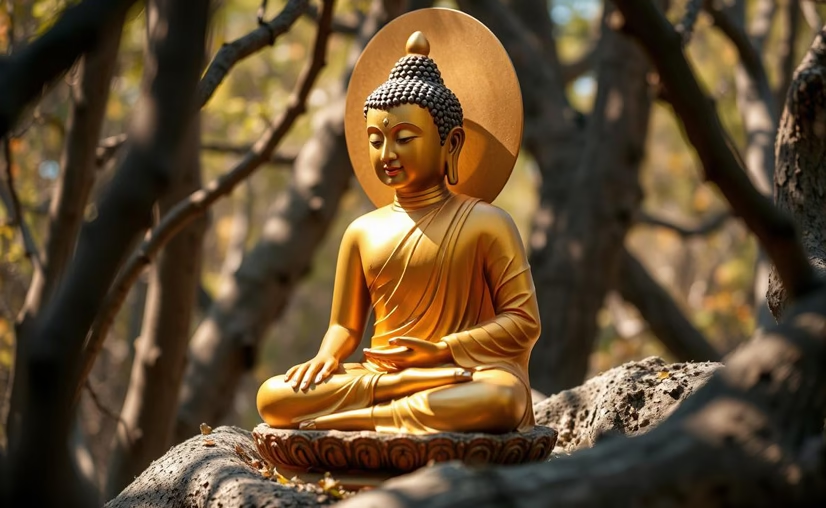Impermanence and No-Self: The Core of Buddhist Philosophy

Impermanence and No-Self: Foundations of Buddhist Thought
The practice of recognizing impermanence and no-self leads to greater compassion and resilience. The understanding of life’s temporary nature promotes living in the moment and no-self diminishes conflicts caused by ego. A study published in the 2021 Mindfulness journal found that meditation based on anatta principles improves empathy while decreasing stress in ways that match current psychological methodologies.
Core Concepts: Anicca and Anatta
Two fundamental concepts in Buddhist philosophy, impermanence (anicca) and no-self (anatta), offer profound insights into the nature of reality and the self. Understanding these principles is key to cultivating wisdom and compassion, leading to liberation from suffering.
Practical Steps
- Reflect on Change: Observe the temporary nature of daily patterns through examples such as mood fluctuations.
- Analyze Self: Through meditation on the aggregates one can observe their temporary nature.
- Practice Compassion: Release your ego to enable acts of kindness.
Why Impermanence and No-Self Matter Today
These principles maintain their relevance as they provide ways to deal with today’s anxieties and materialistic culture. Buddhists make a sizeable impact across the globe considering their population stands at 520 million people according to Pew Research Center data from 2020. Mindfulness-Based Cognitive Therapy draws from anicca and anatta principles to enhance mental health and community well-being according to research published in Mindfulness in 2021.
Ways to Engage
- Meditate: Through Vipassana meditation practice one can learn to witness impermanence while following the teachings of the Satipatthana Sutta.
- Study Texts: Access to Insight provides the Anattalakkhana Sutta for reading.
- Join Discussions: Explore anatta in sanghas or online forums.
- Apply Insights: Use no-self to reduce personal conflicts.
FAQ: Impermanence and No-Self
- Q: How does Buddhist philosophy define impermanence and no-self?
- A: Buddhist philosophy defines impermanence as the transient nature of existence and no-self to mean the absence of a permanent self.
- Q: Can you explain the concepts of anicca and anatta?
- A: The concept of impermanence (anicca) shows everything is transient while no-self (anatta) rejects a permanent self by explaining it as a combination of changing components.
- Q: How does impermanence relate to suffering?
- A: The Four Noble Truths explain how attachment to transient objects leads to suffering while understanding anicca produces detachment and peace.
- Q: Why is no-self a core Buddhist concept?
- A: The doctrine of no-self (anatta) is central because it challenges the illusion of a fixed, independent ego, which is identified as a primary source of suffering and attachment.
Conclusion: Embracing Change and Interconnectedness
The Buddhist teachings on impermanence and no-self offer a radical yet liberating perspective on life. By understanding that everything is in constant flux and that a permanent, isolated self is an illusion, we can cultivate greater wisdom, compassion, and resilience in the face of life’s inevitable changes. Embracing these principles can lead to a more peaceful and interconnected way of being.